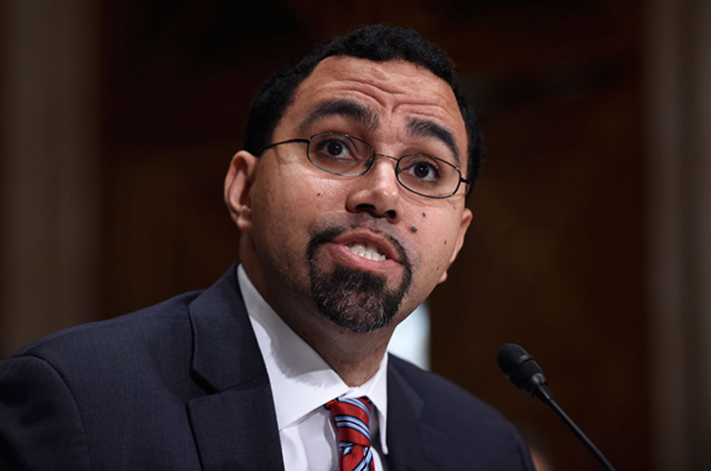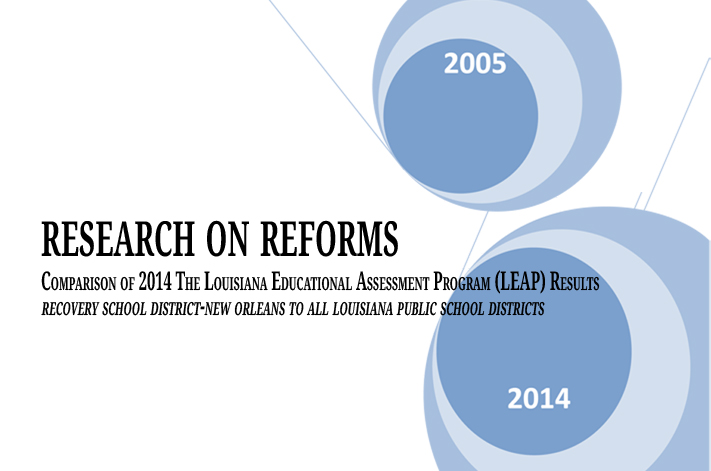Project Description

Reference Publication:
Seeing Past the “Colorblind” Myth of Education Policy
How current education policies are ignoring the racial disparities that contribute to the “achievement gap” and are failing to support the vibrant, diverse public schools more parents are demanding
Amy Stuart Wells, (212) 678-4042, asw86@columbia.edu
URL for this press release: http://tinyurl.com/ot2xyt7
BOULDER, CO (March 20, 2014) – Last month, the U.S. Department of Education announced that the public school population will be less than 50 percent white, non-Hispanic for the first time in our nation’s history by this coming fall. In response to this significant milestone amid the demographic changes sweeping this country, the National Education Policy Center is releasing a new evidence-based policy brief presenting serious concerns about the capacity of the current educational policy agenda to prepare children for the 21st century.
The brief’s ground-breaking analysis concludes that education reforms that ignore racial differences and disparities (so-called race-neutral or “colorblind” education reforms) have exacerbated racial inequalities in student access to high-quality schooling. Furthermore, these reforms, which have been dominant over the past 30 years, have handicapped a whole generation of American children growing up in an increasingly racially diverse society and global economy.
After careful examination of relevant research, scholar Amy Stuart Wells of Columbia University concludes that the most popular education policies of the last 30 years – namely school choice policies and strict accountability systems – rarely mention race, diversity, or the dramatic racial/ethnic demographic shifts taking place in the public school population. As a result, she argues, these policies advance an ineffective “colorblind” approach to educational reform that ignores stark racial inequality when implementing policies and then bemoans vivid racial inequalities in educational outcomes.
Meanwhile, these ostensibly colorblind policies fail to support the multiple “educational benefits” of diverse universities, schools and classrooms that the U.S. Supreme Court has found to be important, compelling governmental interest and beneficial in preparing the nation’s youth for the 21st century. Such benefits include lessening stereotypes while supporting better-informed class discussions, greater cross-racial understanding and preparation to succeed in an increasingly diverse society. At the same time, a growing number of parents are seeking such diverse and dynamic educational settings for their children. So why are policy makers so blind to the needs and demands of an increasingly racially, ethnically and culturally diverse population?
Wells presents her analysis in Seeing Past the “Colorblind” Myth of Education Policy: Why Policymakers Should Address Racial/Ethnic Inequality and Support Culturally Diverse Schools,
She describes “mounting evidence to suggest that so-called ‘colorblind’ accountability and school choice policies, premised on narrow definitions of school quality and absent interventions to support diversity, exacerbate racial and social class segregation and inequality.”
By contrast, in the Civil Rights Era of the 1960s and 1970s, when several race-conscious education policies, including affirmative action and school desegregation, were implemented that directly addressed racial inequality, Wells notes. That same period “coincided with the largest reductions in the black-white achievement gap in the nation’s history,” she observes.
The reality, Wells writes, is that educational inequalities must be proactively addressed with a new set of 21st century policies that embrace diversity and support diverse schools. Moreover, in perpetuating segregation of all kinds, these policies “are also at odds with a multi-racial and ethnic society in which a growing number of parents and educators see the potential educational benefits of paying attention to diversity and difference as a pedagogical tool.” Racial achievement gaps and a pro-active agenda for embracing our demographic destiny, she contends, can only be closed “if policymakers are not blind to the role that race plays in our educational system.”
Wells offers a series of recommendations that address policies, practices and conditions that perpetuate segregation and inequality while simultaneously tapping into the changing racial attitudes of Americans and the educational benefits all students can accrue in schools and classrooms that are diverse.
Such a vision of the positive aspects of diversity will only progress, Wells argues, in a context in which people in power admit that they and their constituents can indeed see color. She notes that in opposition to a colorblind rationale, seeing is believing in the potential of the most racially and ethnically diverse democracy in the world.
Wells is a professor of Sociology and Education and the Director of the Center for Understanding Race and Education (CURE) at Teachers College, Columbia University. Recently elected as a member of the National Academy of Education, Wells is an expert on racial segregation and inequality within public education. Her report on the changing racial make up of the suburbs and their separate and unequal public schools is forthcoming in May, 2014.
Find Amy Stuart Wells’s report, Seeing Past the “Colorblind” Myth of Education Policy: Why Policymakers Should Address Racial/Ethnic Inequality and Support Culturally Diverse Schools [See Below] on the web at: http://nepc.colorado.edu/publication/seeing-past-the-colorblind-myth
This policy brief was made possible in part by funding from the Ford Foundation.
The mission of the National Education Policy Center is to produce and disseminate high-quality, peer-reviewed research to inform education policy discussions. We are guided by the belief that the democratic governance of public education is strengthened when policies are based on sound evidence. For more information on NEPC, please visit http://nepc.colorado.edu/. For more information on the Ford Foundation-funded project, called the Initiative on Diversity, Equity, and Learning (IDEAL), please visit http://nepc.colorado.edu/ideal.










